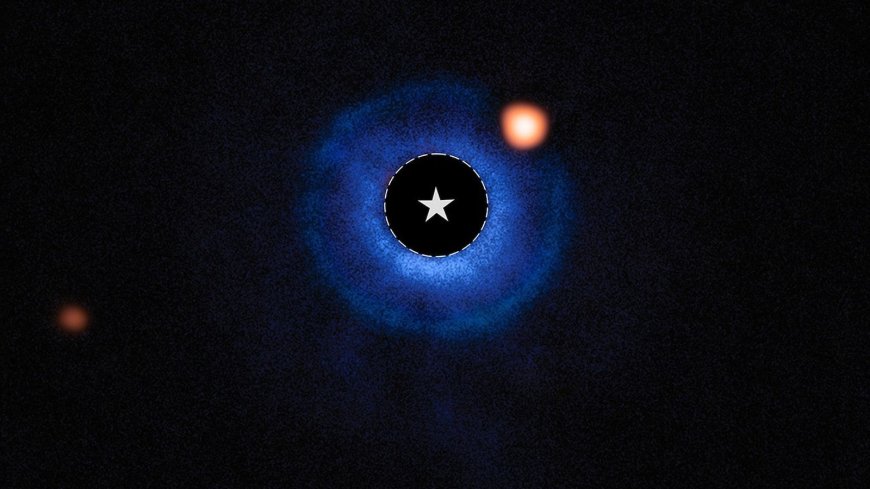NASA Discovers New Planet with Potential for Life
Astronomers using NASA’s James Webb Space Telescope have found a planet similar in size to Saturn orbiting a young star named TWA 7. The planet, TWA 7b, has temperatures that could support life. This discovery showcases the telescope's ability to detect planets around nearby stars.

Astronomers using NASA’s James Webb Space Telescope have captured compelling evidence of a planet with a mass similar to Saturn orbiting the young nearby star TWA 7. The planet, named TWA 7b, was detected by the James Webb Space Telescope, the most powerful telescope ever put into space, according to NASA. An initial analysis suggests the object could be a young, cold planet with a temperature near 120 degrees Fahrenheit. Life can grow and reproduce starting at about 5 degrees Fahrenheit and as high as 251 degrees Fahrenheit, scientists say.
An international team of astronomers noticed a faint infrared source in a disk of debris surrounding the star, a distance about 50 times the space between Earth and the Sun. They then used the telescope's mid-infrared instrument to suppress the bright glare of the host star to reveal the faint objects nearby, a method called high-contrast imaging that allows astronomers to directly detect planets that would otherwise be lost in the overwhelming light.
If confirmed, this would be the first time the James Webb telescope captured a direct image that led to the discovery of a planet, rather than gravitational lensing. The detection would match the expected position of a planet and explain key features of planets seen in the debris disk. The source of the infrared light is located within three dust rings observed surrounding TWA 7.
The debris disk surrounding TWA 7 is one of the youngest debris disks known to date. Our observations reveal a strong candidate for a planet shaping the structure of the TWA 7 debris disk, and its position is exactly where we expected to find a planet of this mass. The discovery is an exciting step forward in our understanding of planetary systems.
The finding highlights the Webb telescope's ability to explore previously unseen low-mass planets around nearby stars, according to NASA.
What's Your Reaction?
 Like
0
Like
0
 Dislike
0
Dislike
0
 Love
0
Love
0
 Funny
0
Funny
0
 Angry
0
Angry
0
 Sad
0
Sad
0
 Wow
0
Wow
0


































































































































































